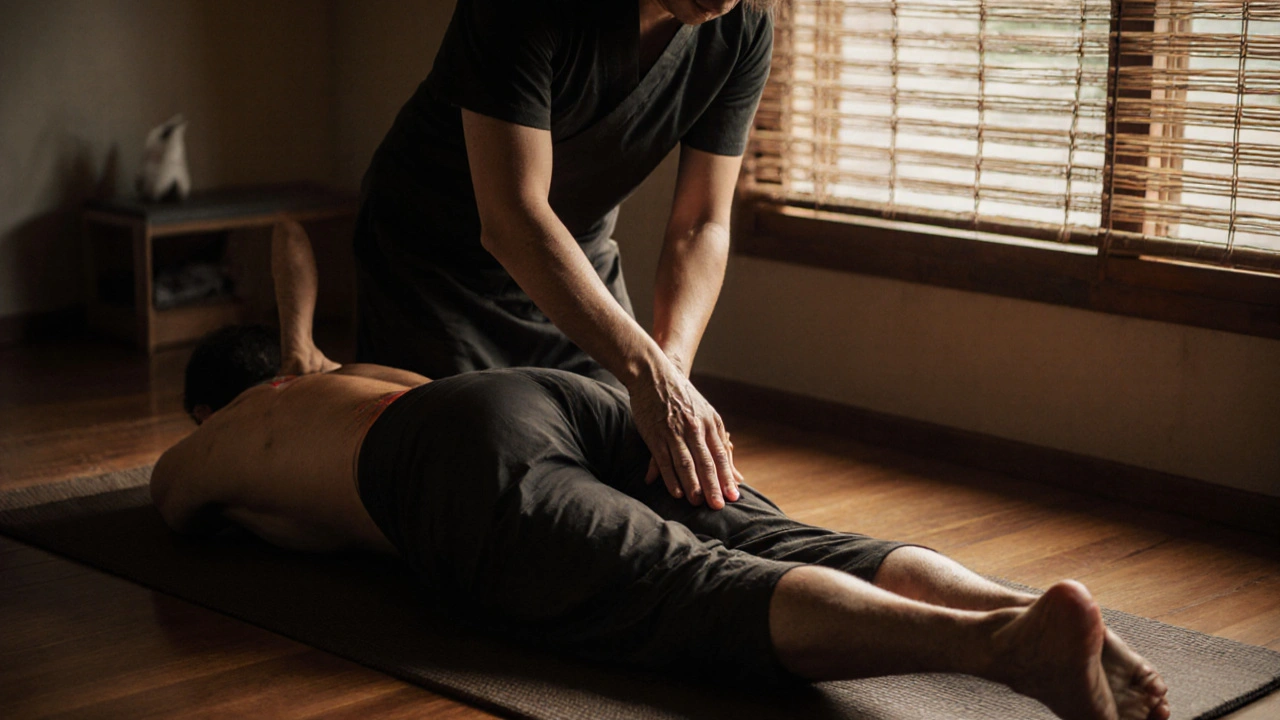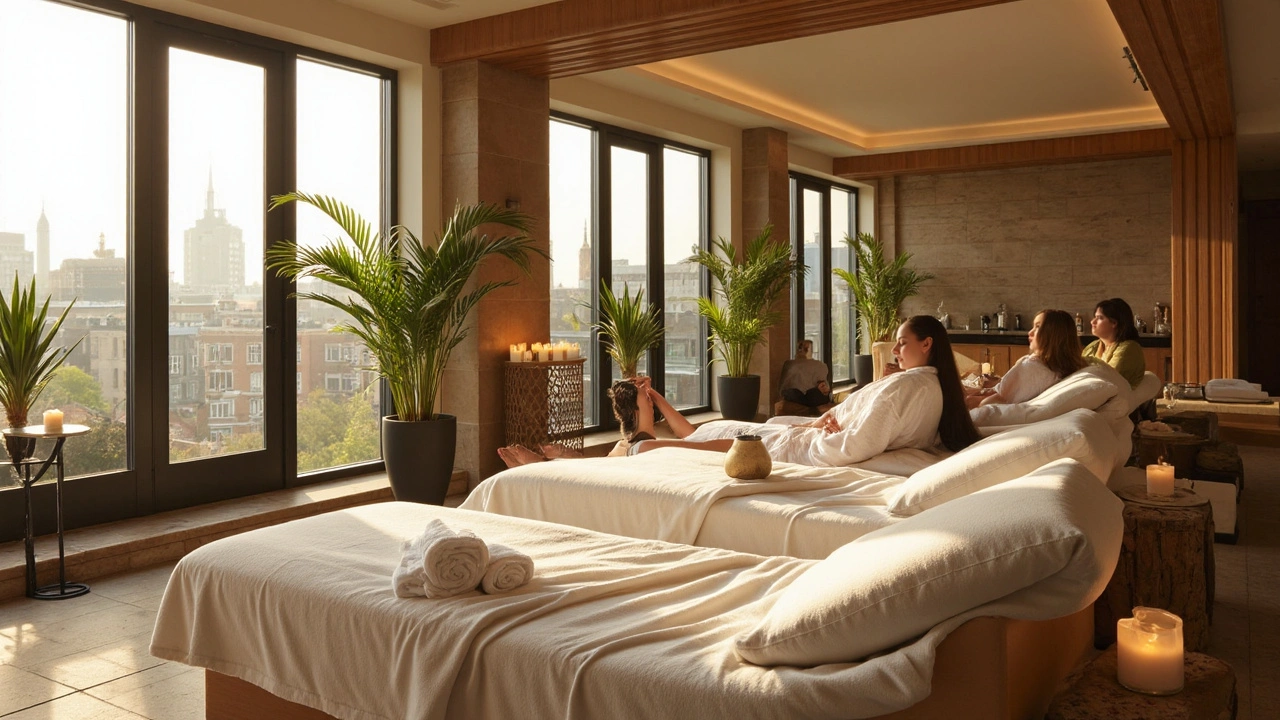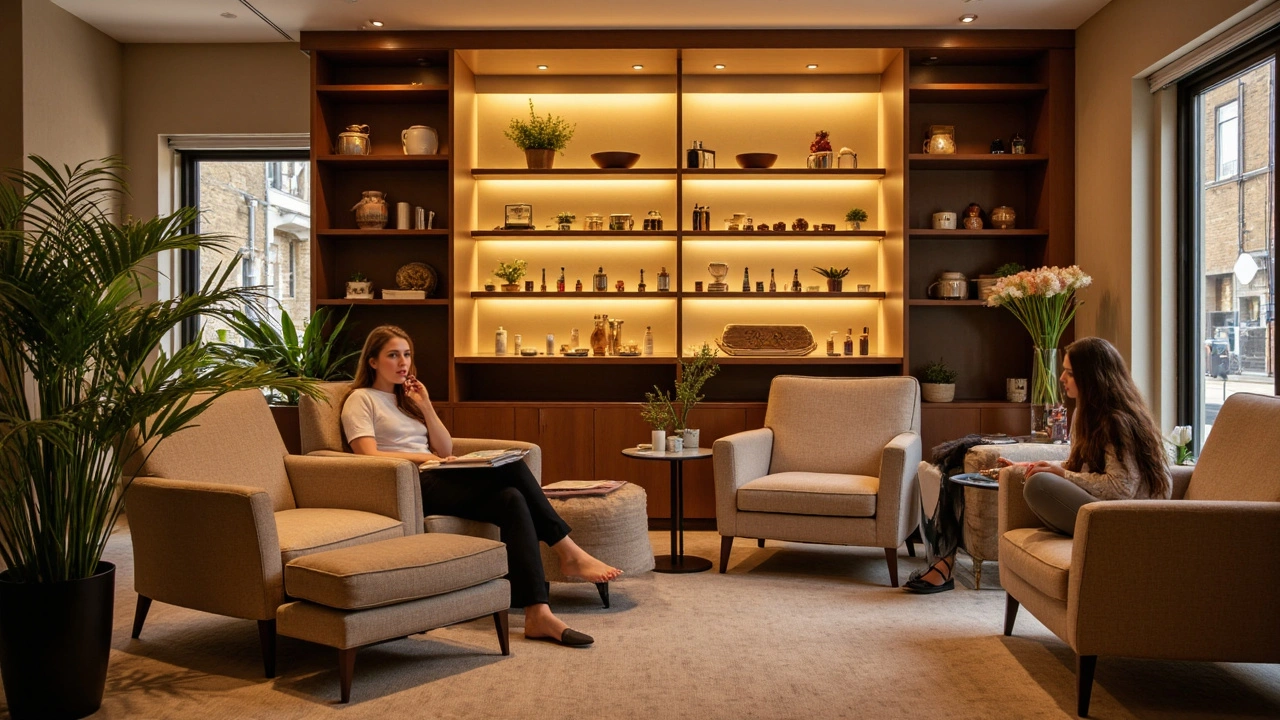Thai Massage: A Cultural Experience in Every Session
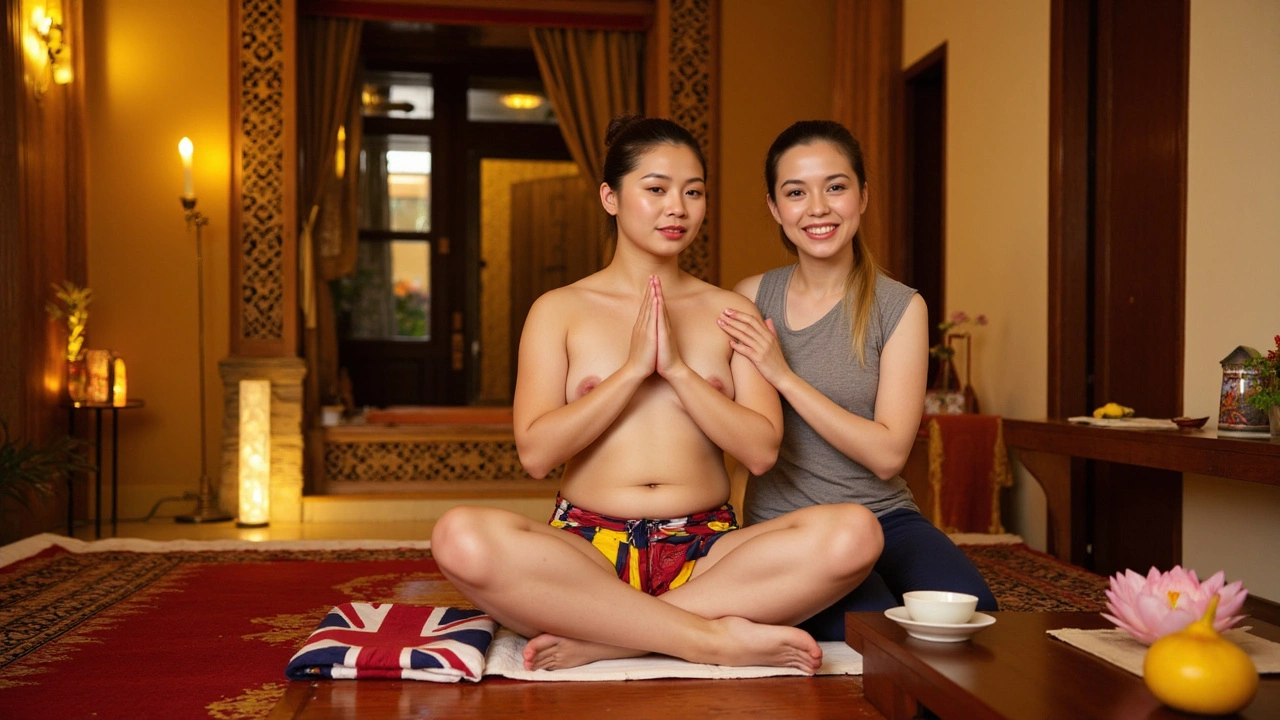
Ever tried Thai massage and wondered why it feels so different from the usual back rubs at a regular spa? It’s not just about muscles—there’s culture, tradition, and even a bit of ceremony packed into every session.
If you walk into a Thai massage studio, you’ll notice the atmosphere is nothing like the average wellness spot. No oil-soaked towels or hushed whispers. Instead, you’ll probably get loose cotton clothes to wear, and soft music that sounds way more like a temple than a hotel lobby. This is because Thai massage comes straight from centuries-old traditions, right out of Thailand’s temples and family homes.
People are drawn to Thai massage not just for the physical benefits but because it’s an experience—you stretch, breathe, sometimes even laugh when the therapist gets you into a weird yoga-like pose you didn’t think your body could do. And there’s plenty more going on than meets the eye: a real session isn’t just about working on sore spots. It works on your whole energy, the way traditional healing in Thailand always has.
Wondering what actually happens in a session, and how to make it truly worthwhile? It helps to know what to expect and what to look for—because not all “Thai” massages out there are actually the real deal. Stick around and you’ll understand what makes Thai massage a one-of-a-kind cultural treat, wherever you try it.
- The Roots of Thai Massage
- How a Real Thai Massage Session Unfolds
- More Than Physical: The Spiritual Side
- Tips for Getting the Most Out of Thai Massage
- Finding Authentic Thai Massage
The Roots of Thai Massage
Thai massage has roots going back over 2,500 years, making it one of the world’s oldest healing systems that people still practice. The history of Thai massage is a mashup of Indian, Chinese, and Southeast Asian influences, all coming together in Thailand. The practice is often linked to Jivaka Kumar Bhaccha, a physician who lived around the same time as Buddha. He’s a legendary figure in Thailand, and practitioners even mention his name at the start of every session as a mark of respect.
Unlike regular Western massages, Thai massage started out in Buddhist temples. It was more than just a way to fix sore muscles—it was about balancing mind, body, and energy, mixing hands-on bodywork with spiritual intention. Monks passed down the techniques, meaning a session used to be a lot more than a quick remedy for aches and pains. It was a part of daily life, helping farmers, monks, and regular folks recover and stay healthy.
Today, you’ll find traditional Thai massage still taught in places like Wat Pho in Bangkok. Wat Pho isn’t just a famous temple—it’s also the first public Thai massage school, where the original wall inscriptions offer drawings and instructions on pressure points and energy lines (called ‘sen’ lines).
| Origin | Influences | Main Technique | Main Setting |
|---|---|---|---|
| Thailand (over 2,500 years ago) | Indian Ayurveda, Buddhism, Chinese medicine | Stretching, compression, acupressure | Temples, family homes, modern studios |
These days, Thai massage is a mix of all this history—ancient temple wisdom, medical practice, and everyday care. The focus remains on energy flow and much less on oils and skin, which is a big reason why a Thai massage feels unlike any other massage you’ve ever had.
How a Real Thai Massage Session Unfolds
If you’ve never had a Thai massage before, walking in can feel a little mysterious — but knowing what actually happens makes it way less intimidating. When you show up, the therapist usually hands you a set of comfy, loose-fitting clothes to change into. Forget oils and nudity; Thai massage works best over clothes, so there’s no sticky mess.
Before the massage starts, some therapists do a respectful gesture called a ‘wai’ (palms pressed together) to welcome you, which hints at just how traditional this therapy can get. Next, you’ll lie down on a padded mat on the floor — not a typical raised table. Staying on the ground actually gives the therapist more leverage for all those stretches and presses.
The massage itself is nothing like just rubbing muscles. The therapist uses hands, thumbs, elbows, knees, and even feet to apply pressure along your body’s so-called “energy lines” or “sen lines.” These are traditional Thai concepts a bit like acupuncture meridians. Expect a mix of steady presses, gentle rocking, and guided stretching; sometimes the therapist will move your limbs into positions that feel a bit like yoga, but you don’t have to do any work. Just let go and breathe.
A typical session follows a sequence, usually starting with your feet and working up to your head. It might go something like:
- Pressing and warming up your feet and legs
- Stretching calves and thighs with gentle pulls and twists
- Palm and thumb presses along your back, arms, and shoulders
- Twisting and bending limbs to open stuck joints
- Finishing with a scalp or facial massage
Sessions usually last from one to two hours. If something feels too strong, don’t worry about speaking up—the therapist expects it. And while you might get a little sore after (like after a good workout), regulars swear by the renewed energy and flexibility they feel afterward. That’s why people keep coming back for more.
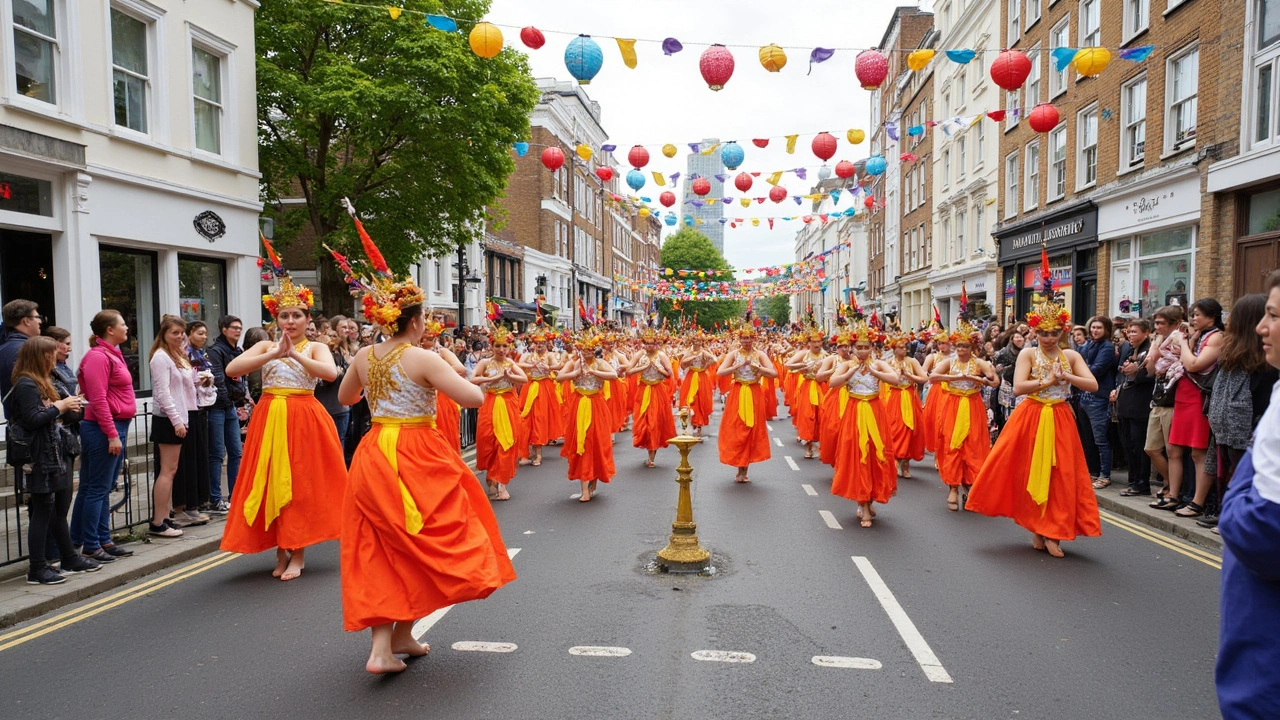
More Than Physical: The Spiritual Side
Thai massage isn’t just about stretching muscles or loosening joints. At its heart, it taps into spiritual ideas that go way back in Thai culture. Therapists don’t only aim to fix aches; they want to balance your body’s energy. This approach is rooted in the concept of "sen" lines—these are energy pathways, a bit like how acupuncture works with meridians. Traditional Thai belief says that health problems come up when these pathways get blocked, so a therapist will use their thumbs, palms, elbows, and even feet to press and stretch you along these lines, clearing out the stuck energy.
But there’s more—many therapists still quietly practice rituals handed down for generations. Before starting, it’s common for them to pause for a quick meditation or silent chant. They might make a tiny wai (that hands-together greeting you see everywhere in Thailand) and think of Jivaka Kumar Bhaccha, a Buddhist doctor seen as the "father" of Thai massage. This isn’t just for show; it’s a way to set a calm, focused intention for the session, believing that healing starts in the mind.
If you want to experience this spiritual side, tell your therapist you’re interested. Some will light incense or play soft temple music. Others simply work in silence, focusing completely on the connection with you. Why does it matter? Studies done at Mahidol University in Bangkok found that people who experience the meditative and spiritual side of Thai massage tend to feel less anxious and more refreshed afterward than those who just get the physical treatment.
Here’s a quick breakdown of what might add a spiritual touch to your Thai massage session:
- Short pre-massage meditation or prayer
- Gentle, respectful touch focused on energy lines
- Calm breathing and encouragement to focus on the present
- Quiet conversation or silence to help you tune in to your body
| Practice | Purpose |
|---|---|
| Pre-session wai | Shows respect; sets intention for healing |
| Chanting | Calms both therapist and client |
| Energy line work (sen) | Clears blockages, balances overall energy |
| Meditative pace | Supports deep relaxation and mindfulness |
So next time you try Thai massage, look for these extras. They can turn a good session into something unforgettable—not just for your body, but for your mind too.
Tips for Getting the Most Out of Thai Massage
If you’ve never had a Thai massage before, don’t worry—it’s not as mysterious as it seems, but there are some things you can do to make the experience even better. Most people come for an hour, but in Thailand, sessions can go up to two or three hours. The longer the session, the more your body gets to open up and actually relax, so consider booking at least 90 minutes if you can.
What you wear makes a big difference. Thai massage is done fully clothed, so go for loose, stretchy clothes. If the place provides a special outfit, wear that. You need to be able to move easily because there’s a lot of stretching involved.
A lot of people try to tough out any discomfort, but don’t. Communication is super important. If something feels too intense or if you’re just not into a certain stretch, speak up. Most therapists in legit places appreciate feedback—it’s not rude; it just helps you get what you need.
Skip a heavy meal beforehand. No one wants to be twisted and stretched on a full stomach. A light snack a couple of hours before is perfect. And if you’re not sure whether you should tip, here’s what’s normal: In Thailand, tipping isn’t required, but it’s appreciated. Overseas, 10-20% is standard if you had a good session.
Drinking water after is a must. Thai massage often releases tension you didn’t know you had, and staying hydrated helps your body recover better. Sometimes you might feel sleepy or even a little sore after, and that's totally normal—like what happens after a good workout. Here’s a quick guide you can use:
| Step | Why It Matters |
|---|---|
| Wear loose clothes | Helps you move comfortably during stretching |
| Communicate with your therapist | Avoids unnecessary pain and customizes your experience |
| Book enough time (at least 90 min) | Gives your body time to relax deeply |
| Don’t eat a heavy meal before | Prevents stomach discomfort during stretches |
| Drink water after | Helps flush out toxins and keeps you hydrated |
One little fact: Traditional Thai massage usually starts at your feet and ends with your head and shoulders—think of it as a journey up your body! So be ready to let go and trust the process, even if it’s not what you’re used to. Your job is just to relax and breathe. The best sessions feel like you got a full-body reset.
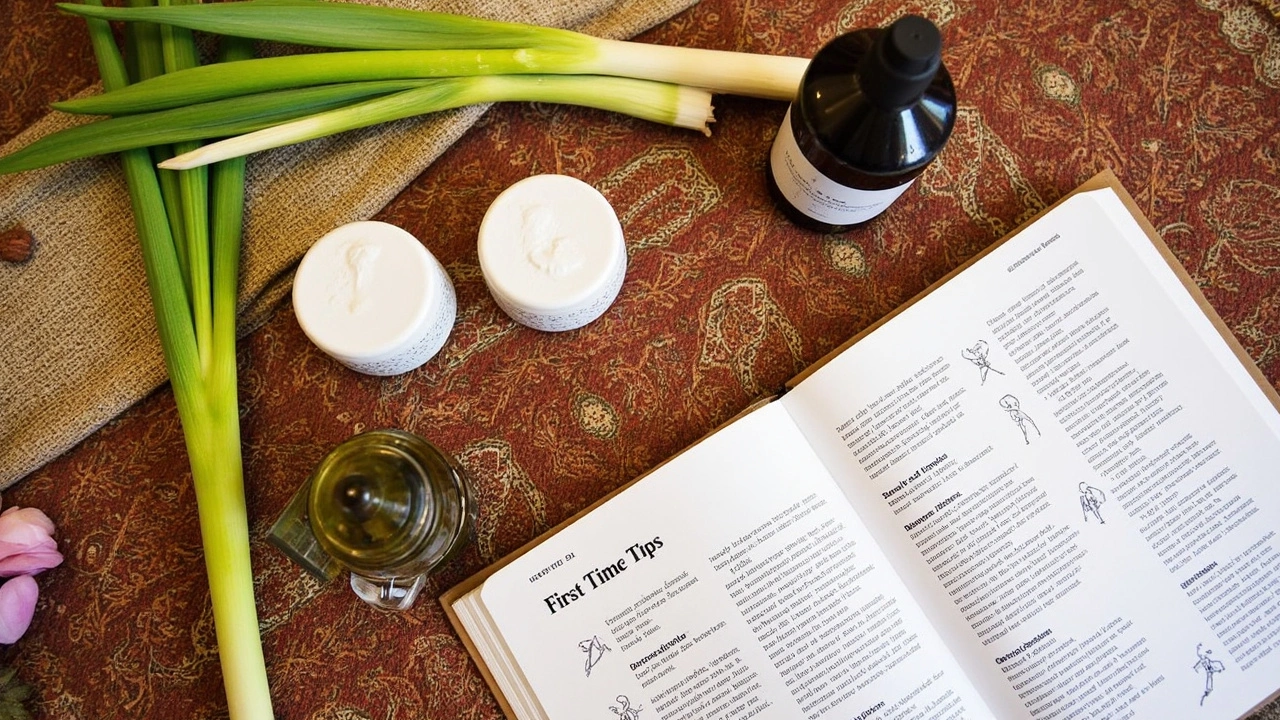
Finding Authentic Thai Massage
There’s no shortage of places advertising Thai massage, but not all of them offer the real thing. If you want the genuine experience, you’ll need to know what to look for beyond the neon signs and catchy spa names. Authentic places are all about keeping the tradition alive, not just another spa trying to cash in.
First off, check if the therapists have trained at well-known schools in Thailand. The Wat Pho Thai Traditional Medical and Massage School in Bangkok is a gold standard. If you spot a certificate from there, you can be pretty sure you’re in good hands. Another sign is the uniforms—they tend to be loose and simple, often cotton, allowing for all the stretches and moves unique to real Thai massage.
Forget the massage oils. True Thai massage is done fully clothed and on a firm mat on the floor, not a soft table. Sessions often begin and end with a short traditional bow or prayer, and you’ll hear Thai music or even smell herbal compresses heating up in the background. Thai massage will mostly involve pressing, stretching, and sometimes even walking along your back—there’s a real hands-on, no-nonsense style to it.
- Ask about the therapist’s training and background before you book.
- Look for reviews that specifically mention the stretching, pressing, and energy line work typical of this style.
- Avoid places that mix in oil massage or give you a generic experience with no Thai elements.
- Notice if there’s a focus on respect and mindfulness—a quick, rushed session usually isn’t authentic.
If you’re traveling in Thailand, look for spots that cater to locals as well as tourists. These places usually keep it real, offering hour-long sessions with skilled practitioners who learned from masters, not just a crash course.
Authentic Thai massage isn’t about fancy decor or spa menus—it’s about tradition, skilled hands, and respecting the cultural roots. If you want the real deal, being a little picky is totally worth it.

